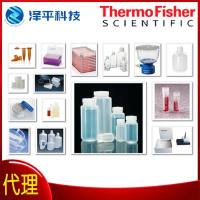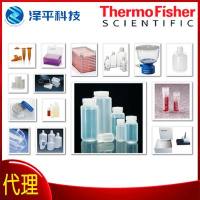Measurement of S-Glutathionated Hemoglobin in Human Erythrocytes by Isoelectric Focusing Electrophoresis
互联网
627
Protein thiol groups are susceptible to oxidation by reactive oxygen species (1 ). The occurrence of a specific thiol modification named protein S-glutathionation has been proposed to protect proteins from oxidative damage owing to its reversible characteristics (2 –4 ). In addition, S-glutathionation modulates protein functions including enzyme activity (4 –5 ), cytoskeletal protein strength (6 ), hemoglobin-gelling activity (7 ), and chaperon activity (8 ). Because an increase in cellular glutathione (GSSG) level is correlated with the formation of S-glutathionated protein, a mixed-disulfide exchange reaction has been proposed to be responsible for this protein modification (2 –5 ,9 –10 ). However, glutathione (GSH) modified proteins are also formed under a circumstance without significant change in GSSG level (11 –12 ), and a radical-initiated process has therefore also been proposed (3 ). S-Gluthionated hemoglobin formation owing to oxidative stress has been noted in the red blood cells from different species (13 –15 ). There are a total of six cysteine residues in the human hemoglobin molecule, but two of them (β93 residues) are highly reactive (16 ) and can form mixed disulfide with GSH (14 ). However, the location of reactive cysteines in hemoglobin varies in different animal species. For example, the cysteines in chicken α-hemoglobin are more active than those in β hemoglobin (15 ).









